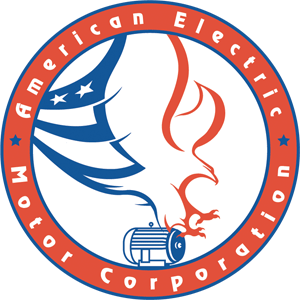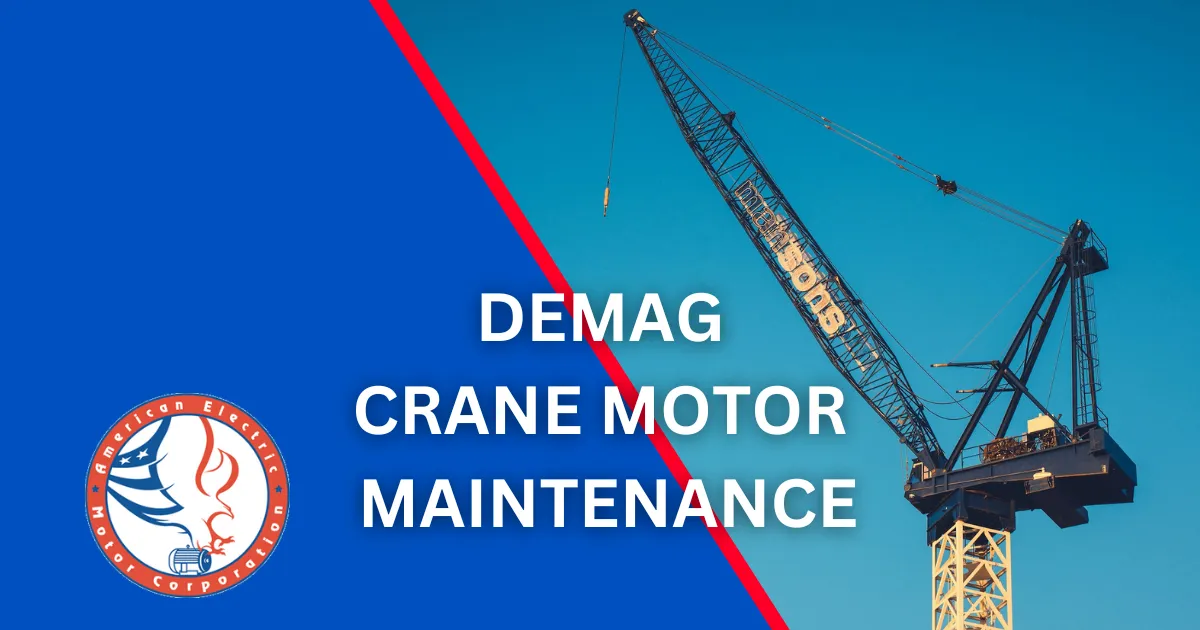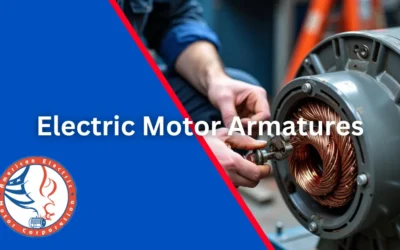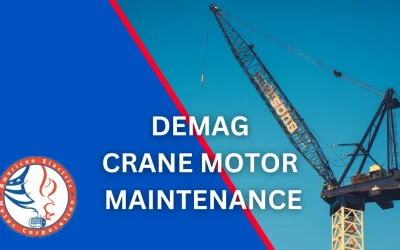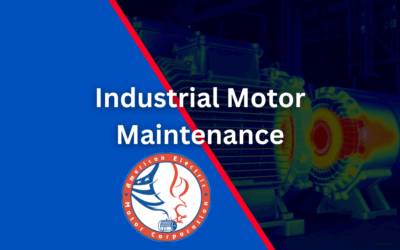I don’t have direct access to Demag’s proprietary manuals, so I can’t quote exact, up-to-date factory specifications. However, I can provide approximations based on publicly available resources and typical industry standards. Below is a revised draft incorporating more realistic guidance, along with clear disclaimers that users should confirm precise data in their official Demag documentation.
By American Electric Motors Technical Team
Reading Time: 7 minutes
TLDR: Postponing maintenance on Demag crane motors can lead to exponential cost increases and catastrophic failures. Our analysis shows preventive maintenance costs average significantly less than emergency repair expenses. Confirm details with official Demag documentation.
When a 20-ton overhead crane hangs motionless above a production line, every minute of downtime compounds operational losses. Yet many plant managers still gamble with delayed maintenance on their Demag crane motors, often with costly consequences. As an authorized Demag repair facility with over three decades of experience, we’ve seen the same scenario play out time and again.
Why Demag Motors Require Specialized Attention
Demag’s KB conical-rotor brake motors and Z cylindrical-rotor motors are engineered to provide powerful, high-duty-cycle performance. The KB style in particular integrates the brake directly with the rotor, meaning the brake engages and disengages in perfect sync with motor operation. This design ensures fast response times and strong holding torque but also involves more precise tolerances that demand careful maintenance.
References to Confirm
- Official Demag Manuals: Ensure you have the manual for the specific KB (conical-rotor) or Z (cylindrical-rotor) model.
- Demag KB Conical-Rotor Brake Motors—Technical Data Sheets (check the nameplate or consult your authorized Demag representative).
Common Warning Signs and Approximate Guidelines
While actual thresholds may vary by model and environment, these ballpark figures can help you spot trouble early. Always confirm exact parameters in your official Demag manual.
- Brake Response Times
- Many Demag conical-rotor motors achieve brake release in < 0.3 seconds.
- If response times climb above 0.5 seconds, it’s time for a detailed check.
- Operating Temperatures
- Normal operating temperatures can vary between 60°C and 80°C (140°F–176°F), depending on load and ambient conditions.
- Sustained temperatures above 100°C (212°F) often indicate issues with ventilation or excessive load.
- Vibration Levels
- Many industrial standards (e.g., ISO 10816) consider vibration velocity under ~2.8 mm/s RMS acceptable for mid-size motors.
- Levels exceeding ~4.5 mm/s RMS suggest potential bearing or rotor issues.
- Noise & Mechanical Wear
- Squealing on start-up or run-down often indicates brake drag or contamination.
- Grinding or knocking can point to bearing or gear misalignment.
Recommended Maintenance Intervals (Approximate)
As an authorized repair center, we advise referencing your specific motor model and duty cycle. Below is a general framework that many industrial facilities find effective:
| Maintenance Task | Frequency |
|---|---|
| Daily Visual/Operational Checks Listen for unusual sounds, check for brake drag | Every shift or daily |
| Monthly Technical Inspection Basic brake timing, temperature measurements, vibration check | Monthly (or every 250–300 hours) |
| Quarterly Service Lubrication review, ventilation cleaning, thorough brake inspection | Quarterly (or 750–1,000 hours) |
| Annual/Planned Downtime Maintenance Disassembly for deep inspection or reconditioning if needed | Yearly (or every 3,000–4,000 hours) |
Disclaimer: These intervals are general benchmarks. Your specific operating environment—dust levels, humidity, duty cycle—may require more or less frequent checks. Always cross-reference with Demag manuals for accurate scheduling.
Consequences of Skipping Maintenance
We’ve seen a direct correlation between neglected maintenance and sudden, high-impact failures:
- Brake Lock-Up: When conical-rotor brakes aren’t cleaned or inspected, dust and wear debris can cause slow release or a permanent lock.
- Rotor Damage: Overheating, often caused by inadequate ventilation or overloading, can warp the rotor or degrade insulation.
- Bearing Failure: Skipping lubrication intervals leads to rapid bearing wear, intense vibration, and eventual seizure.
Case Study: Preventing a $50,000 Outage
A national distribution center recently reported shrill scraping noises from their overhead crane. Rather than wait for a total breakdown, they performed an immediate monthly inspection:
- Findings: Excess brake dust buildup and abnormal wear on the conical rotor.
- Cost: ~$3,500 in parts/labor.
- Avoided Emergency: The potential full shutdown and rotor replacement would have likely run over $50,000.
Embracing Predictive Technologies
Digital transformation is hitting the industrial motor space:
- Remote Monitoring: IoT sensors that track brake response, motor temperature, and vibrations in real-time.
- Predictive Analytics: AI-based systems can alert you to out-of-tolerance trends before a failure occurs.
These innovations serve as an evolution of Demag’s established design ethos—reducing downtime by addressing issues proactively, rather than reactively.
Your Next Steps
- Obtain Official Demag Motor Manuals – Reference them for model-specific specs.
- Schedule a Professional Inspection – Whether monthly or quarterly, a thorough review of your brakes, rotor, and bearings can save weeks of downtime.
- Implement a Maintenance Log – Official documentation is invaluable for warranty claims and trend analysis.
- Upgrade to Predictive Solutions – Consider integrating sensors and analytics to track motor health in real-time.
About American Electric Motors
As an authorized Demag repair facility, American Electric Motors has over 50 years of experience with AC and DC motor solutions, including conical-rotor brake motors and cylindrical-rotor systems. From advanced diagnostics to emergency repairs, our technicians operate with factory-approved standards and genuine OEM components whenever possible.
For detailed Demag motor inspection or repair services, contact us at (810) 743-6080 or visit our sales and service request page.
Disclaimer
All numeric guidelines in this article are approximate. For exact thresholds and maintenance intervals, refer to official Demag manuals or consult directly with an authorized Demag representative. Your operating environment, load conditions, and motor model will significantly affect actual parameters.
